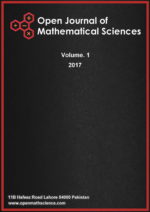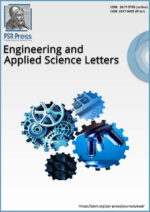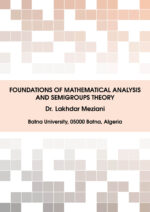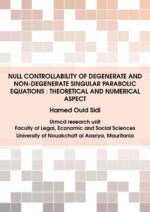Numerical treatment of a thermoelastic contact problem
Abstract:This paper is devoted to a study of the numerical solution of the thermoelastic model describing the contact problem between the body and a rigid foundation that is thermally conducting. The linear thermoelastic constitutive law describes the behavior of the material. The contact is frictionless and described with Signorini’s condition and a thermal contact condition when the heat exchange coefficient depends on the contact pressure. We aim to present a detailed description of the numerical modeling of the problem. on this end, we use a penalty method to approximate the constraints. Finally, we provide numerical simulations to study a two-dimensional example and compare the penalty problem with the Lagrangian one.









